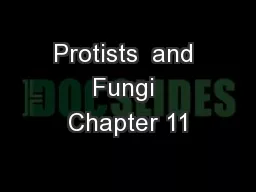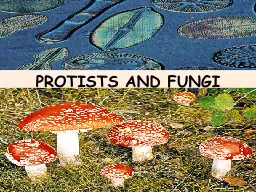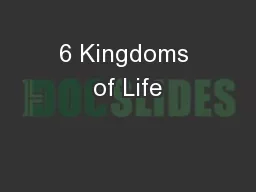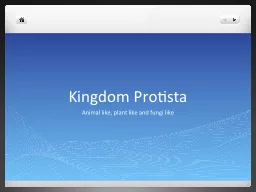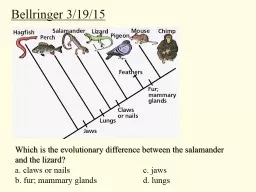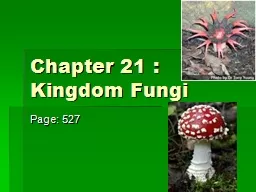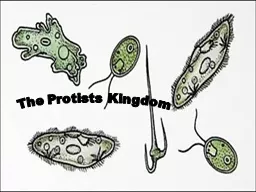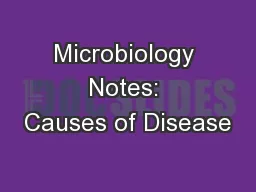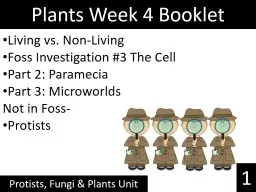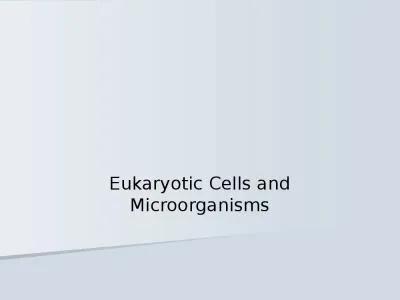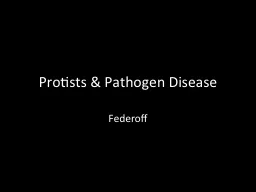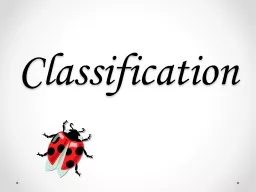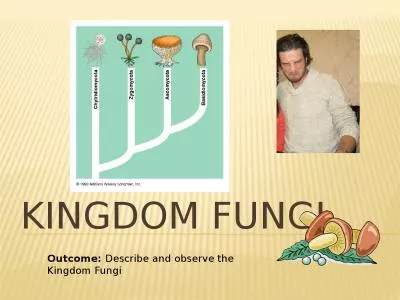PPT-Protists and Fungi Chapter 11
Author : olivia-moreira | Published Date : 2018-10-23
P Lobosco Monday November 8 2010 There will be no grades given out until this Friday Please do not ask HWRead 111 and do the section review on page 273 questions
Presentation Embed Code
Download Presentation
Download Presentation The PPT/PDF document "Protists and Fungi Chapter 11" is the property of its rightful owner. Permission is granted to download and print the materials on this website for personal, non-commercial use only, and to display it on your personal computer provided you do not modify the materials and that you retain all copyright notices contained in the materials. By downloading content from our website, you accept the terms of this agreement.
Protists and Fungi Chapter 11: Transcript
Download Rules Of Document
"Protists and Fungi Chapter 11"The content belongs to its owner. You may download and print it for personal use, without modification, and keep all copyright notices. By downloading, you agree to these terms.
Related Documents

